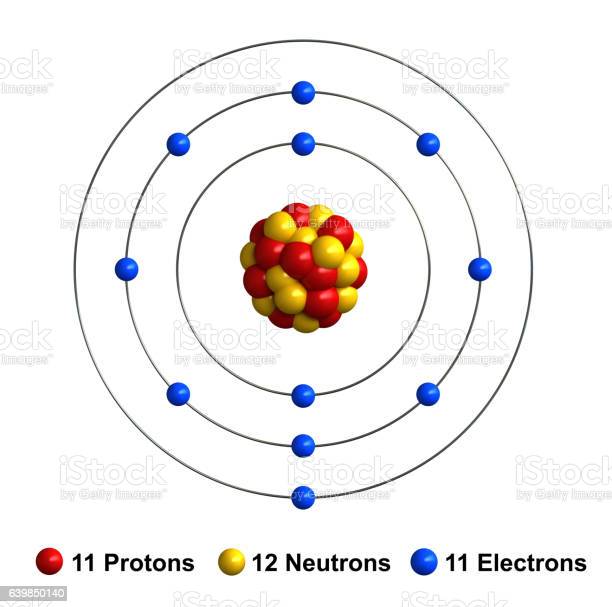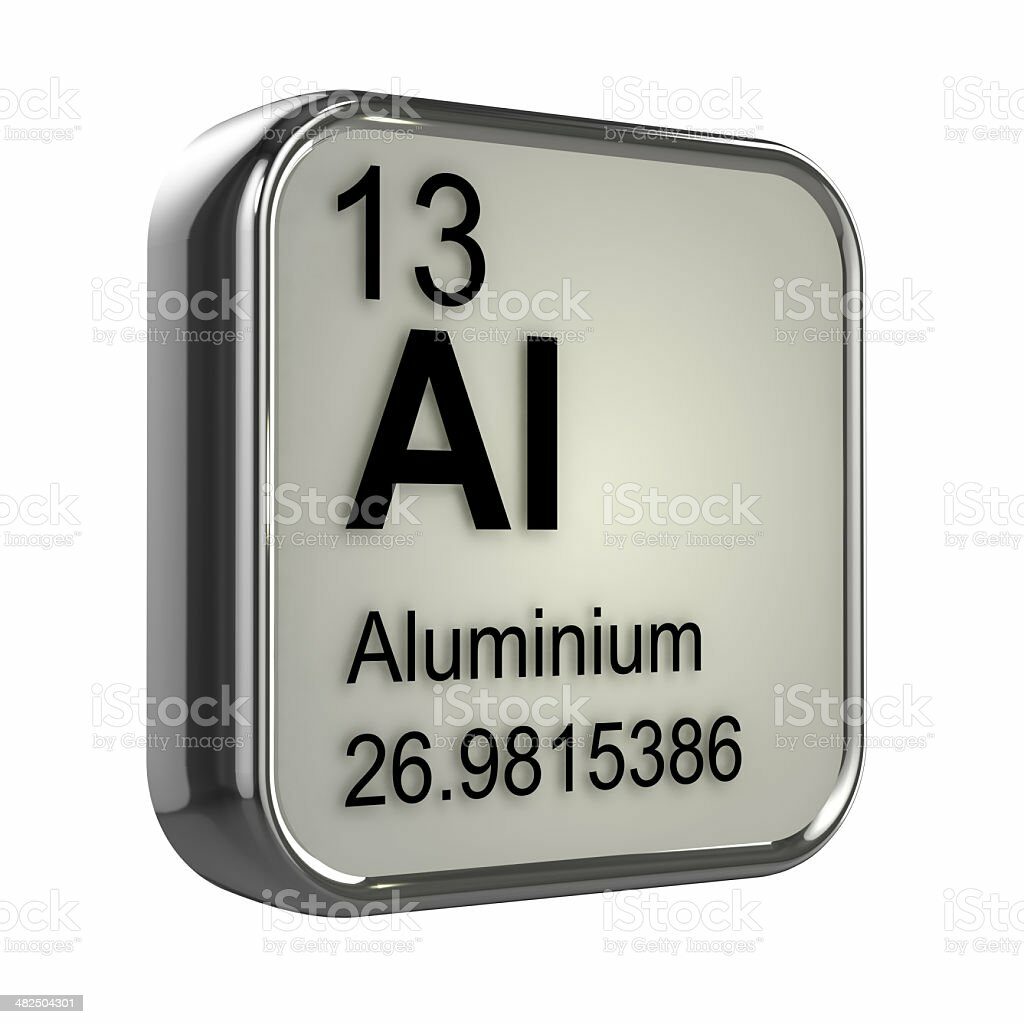Hund’s Rule is saying, In a sub shell electrons are going to be paired only when , all the orbitals of a subshell is half filled with parallel spin.
Some rules of Hund’s rule examples are listed below ,
- Nitrogen
- Carbon
- Oxygen
- Sodium
- Aluminium
- Magnesium
- Hydrogen
- Lithium
- Beryllium
- Neon
- Sulphur
- Potassium
- Silicon
- Chromium
- Copper
Nitrogen :
The electron will filled half first with same spin in all the orbital ,than the pairing happen, if pairing happened first than that is called violation of the rule. The spin will be singly occupied with same spin. The atomic number of nitrogen is 7. It has 5 valence electrons. Here the 2p subshells are filled their orbitals half first. The 2p subshell will filled first with 3 electrons in each , so that it will half filled first before pairing as by hunds rule. In the 1st case .In the 2nd, 3rd and 4th case the violation occurred .because the orbitals are not singly occupied.
1.N7 = 1s2 2s2 2px1 2py1 2pz1 (obeys the rule) 2.N7= 1s2 2s2 2px2 2py1 2pz0 (violation of rule) 3.N7=1s2 2s2 2px1 2py2 2pz0 (violation of rule) 4.N7= 1s2 2s2 2px1 2py0 2pz2( violation of rule)
Carbon:
The atomic number of carbon is 6. It has 4 valence electron. Her 2p contain 2 electron in their subshell.If the electrons is pairing firstly than the violation of rule found. C= 1s2 2s22px1 2py1 2pz0 (obeys the rule) C= 1s2 2s22px2 2py0 2pz0 (violation of rule) C= 1s2 2s22px0 2py2 2pz0 (violation of rule)

Oxygen:
Oxygen atom has 8 atomic number, it comes after nitrogen atom. The oxygen contain 4 electron in 2p subshell. Three electron after filled their electron in p subshell , the last electron goes for pairing with any of the px,py,pz.
O8=1s2 2s22px2 2py1 2pz1 pairing will be opposite spin(obeys rule ) O8=1s2 2s2 2px2 2py1 2pz1pairing will be same spin (violation of rule)
Sodium :
Na contain 11 atomic number. The last electron here goes under 3s subshell. . If the electron goes to next orbital without fill up of last orbital than violation of rule found. The electron configuration will be, The electron configuration will be,
Na11=1s2 2s2 2p6 3s1 (obeys the rule) Na11=1s2 2s2 2p5 3s2 (violation of rule)

Aluminium:
Al has 13 atomic number ,3 valence electrons. The last electron goes under p subshell , so it goes under p block element.
The configuration of this will be, Al =1s2 2s2 2p6 3s2 3p1(obeys rule) Al =1s2 2s2 2p6 3s1 3p2(violation of rule)

B. Hund’s Rule Maximum multiplicity example:
Magnesium atom:
Mg atom has 12 atomic number. The last two electrons goes under 3s subshell. So goes under p block element. The electronic configuration will be, Mg= 1s2 2s2 2p6 3s2
Hydrogen atom:
The atomic number will be 1. The electron configuration will be, H1= 1s1
Lithium atom:
The atomic number will be 3.Li goes under s block element. The electron configuration will be, Li = 1s2 2s1
Beryllium atom:
The atomic number is 4. Here 2 electron will goes under 2s subshell, goes under s block elments. The electronic configuration will be, Be= 1s2 2s2
Neon atom:
The electrons will fully filled here . The atomic number / z will be 10. The 6 electrons will be fully filled in the p orbitals. The electronic configuration will be, Ne=1s2 2s2 2p6
Hund’s rule of electron configuration example:
Sulphur:
It contain 16 atomic number. The electronic configuration of this will be,
S=1s2 2s2 2p6 3s2 3p4
Potassium:
K atom has 19 atomic number. The electron configuration will be
K=1s2 2s2 2p6 3s2 3p6 4s1
Silicon:
Si atom has 14 atomic number.it goes in p- block element. The electron configuration will be,
Si= 1s2 2s2 2p6 3s2 3p2
Chromium:
Chromium atom has 24 atomic number. The expected electronic configuration will be ,
Cr= 1s2 2s2 2p6 3s2 3p6 4s2 3d4
The d orbital contain 4 electrons in their subshell, if it contained 5 electrons then the Cr will be more stable . so 1 electron of 4s electron will goes to the 3d orbital to maintain the stability. So the actual and stable configuration will be ,Cr= 1s2 2s2 2p6 3s2 3p6 4s1 3d5
Copper :
It has 29 electron , so the expected configuration will be
Co= 1s2 2s2 2p6 3s2 3p6 4s2 3d9
This gives 1 half filled orbital and one filled orbital. By giving one electron to the 4s orbital to 3d orbital the atomic configuration will be more stable.
So the actual configuration will be,
Co=1s2 2s2 2p6 3s2 3p6 4s1 3d10
This helps in many of the properties to fill their subshell.
According to Aufbau principle lower energy filled first than that of higher energy orbital. However this will be focused under certain rules, 1s orbital filled first after that 2s similarly goes on, but after giving 1 electron in each subshell first . The order should be filled by it.
According to rule:
1: Every electron in an orbital in an atom doubly filled after singly fulfilled .
2: all the orbitals have singly occupied are same spin.
The electrons are fulfilled in such a manner that ,
1s2 2s2 2p6 3s2 3p6 4s2 3d10 4p6 5s2 4d10 5p6 4f 14 5d10 5f14
Here we have sure knowledge about the all the subshells s, p, d, f.
s subshell has 1 orbital , containing maximum 2 electrons .
p subshell has 3 orbitals contain, maximum of 6 electrons in their three orbitals.
d subshell having 5 orbitals, so it must contain 10 electrons in maximum.
f subshell has 7 orbitals, so it must contain 14 electrons at maximum in their orbital.
multiplicity rule based on atomic spectra.
Read more on :
10+ Acid-Base Reaction Example: Detailed Explanations
Americium Electron Configuration.
Hi…..I am Upasana Nayak. I have done my Masters in Chemistry. I am working as a Chemist in a mining company along with that working as a Subject Matter Expert in Lambdageeks for Chemistry subject